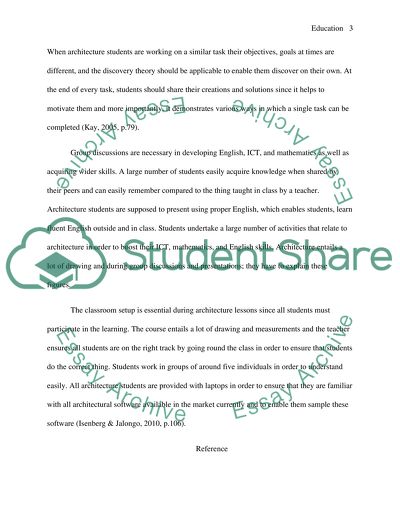Cite this document
(“Education Coursework Example | Topics and Well Written Essays - 1500 words”, n.d.)
Retrieved from https://studentshare.org/education/1661943-education
Retrieved from https://studentshare.org/education/1661943-education
(Education Coursework Example | Topics and Well Written Essays - 1500 Words)
https://studentshare.org/education/1661943-education.
https://studentshare.org/education/1661943-education.
“Education Coursework Example | Topics and Well Written Essays - 1500 Words”, n.d. https://studentshare.org/education/1661943-education.


